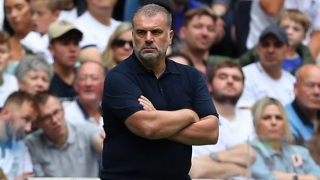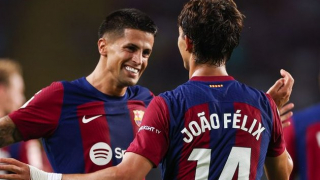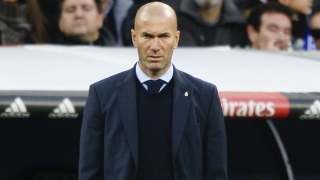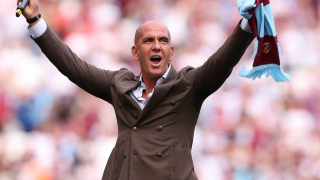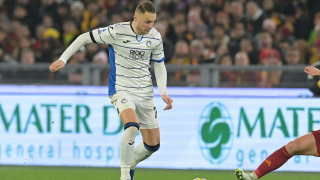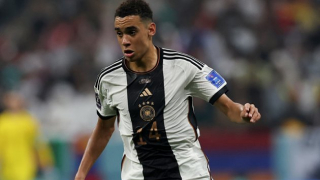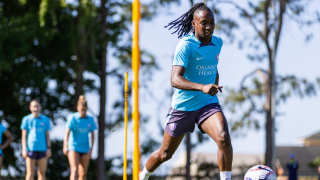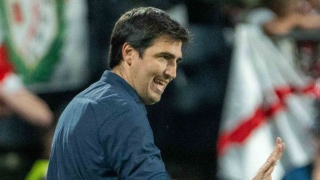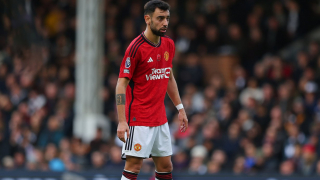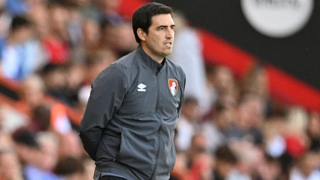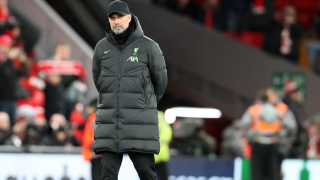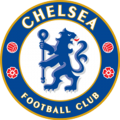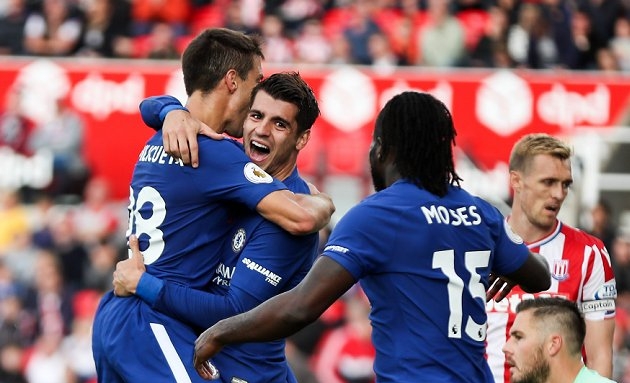This Saturday, Chelsea take on Manchester United in an FA Cup final rich with backstory. There are several intriguing angles available when previewing this game, such as the fact Jose Mourinho has managed both teams, or that he and his opposite man Antonio Conte had a running feud earlier this season. However, here at Tribal Football we've opted for a more analytical approach.
The tactical battle that this match represents simply cannot be underestimated, as two managers with very different philosophies will come together. And considering the constant speculation surrounding Conte's future, it could prove to be their last tussle for a while.
Here we take a look at how Chelsea can win the FA Cup and, potentially, send their manager off in the best way possible: with some shiny new silverware in hand.
THE FRONT THREE
Perhaps the biggest question mark over Conte's selection for this weekend's match regards who he should pick to start up front. Alvaro Morata was brought in last summer to replace Diego Costa, but he has struggled to score consistently during his debut season in English football. The most obvious alternative to him is Olivier Giroud, who offers greater physicality and better hold-up play.
Chelsea have rarely operated with two strikers this term, so the chances of the pair starting together are extremely low. Instead, one will probably play at the centre of a fluid front three featuring Eden Hazard on the left and Willian on the right. In order to ensure extra mobility – which will be crucial against an aggressively man-oriented Manchester United defence – Morata should get the nod.
Conte has experimented with his frontline recently, at times using one striker ahead of one No.10. However, going with the same 3-4-2-1 system that won him the Premier League last season would be advisable here.
A front three of Willian, Morata and Hazard is highly dynamic, with each player bringing pace, energy and plenty of movement. In addition, the three-man attack offers more possibilities for combinations in – and connections to – the final third, something that will prove crucial if Chelsea are to maximise their possession (they had the majority of the ball in both of their other meetings with Manchester United this season).
This setup will also allow Hazard to start in his preferred inside left role, as opposed to as a winger, a striker, or a classic No.10. Playing in this position means the Belgian is stationed closer to his attacking teammates, and it also allows him to dribble into the centre, causing chaos for opposition defences.
One example of the dangers of his inward dribbling from this position is shown below in a series of screenshots taken from Chelsea's last clash with Manchester United, a 2-1 defeat at Old Trafford.
After Hazard receives the ball from Willian, Morata makes a diagonal run to his left (as seen above). Dragging his marker with him, the Spaniard creates space in the centre for Hazard to drive into. Once occupying the space created, Hazard can either slide a pass through for Morata, or have a shot from a dangerous area (as seen below).
BUILD-UP PLAY
Chelsea are likely to start Saturday's match with a back three comprising players – Cesar Azpilicueta, Andreas Christensen and Antonio Rudiger – who have all operated at full-back for spells in their careers. They are all capable ball-players and are also willing and able to drive forward into midfield to play through and/or provoke pressure.
Manchester United lined up in a rough 4-3-1-2 system the last time the two teams faced. While they may not do so again this weekend, they are unlikely to change their intensely man-oriented defensive strategy. Conte must instruct his side to manipulate this to their own advantage, as they often did in the last meeting.
In their league match at Old Trafford, United regularly allowed Christensen space centrally. Romelu Lukaku and Anthony Martial, their front two, instead focused more on the outside centre-backs, while Alexis Sanchez and Paul Pogba focused on Chelsea's two central midfielders. This man-to-man approach gave the Danish defender room to push forward.
An example of this is seen in the below screenshot, where N'Golo Kante and Danny Drinkwater take up wide positions to drag their man-markers with them. This, along with Lukaku and Martial pressing the space between the three centre-backs, allows Christensen to carry possession into midfield without facing real pressure.
If Manchester United adjust their approach to deny this build-up opportunity on Saturday, an alternative Chelsea could explore would be to simply play around their opponent's defensive block. They did this at Old Trafford too, exploiting the free man in their first line of build-up's 3v2 against Lukaku and Martial to work the ball out to one of the outside centre-backs, who could then play in behind United's man-to-man midfield line to the front three. An example of this is seen below.
Another aspect of Chelsea's build-up play which could be important is making full use of the width their system involves. With both wing-backs – probably Victor Moses on the right and Marcos Alonso on the left – pushing forward, they would be wise to use quick switches of play to the opposite flank to draw out Manchester United's full-backs and create space centrally for the attacking trident of Willian, Morata and Hazard.
ORGANISED DEFENCE
At the start of this season, Manchester United looked like serious title contenders thanks mainly to their devastating counter-attacking capacity. They tore teams apart late on in games, keeping it tight before unleashing direct, pacey flurries in attacking transitions. For a brief period they looked unstoppable, but they never quite managed to transfer such productivity to their established attacking play.
When opponents can offer up a solid deep defensive block, Mourinho's men aren't quite as creative, and few Premier League teams are as organised defensively as Conte's Chelsea. That's why United have failed to complete one single through ball in their two league games against the Londoners, according to WhoScored.com's statistics.
Chelsea can expect to have the majority of possession this weekend, but their share is unlikely to go beyond 60 per cent. Manchester United will also have a sizeable chunk of ball, and in those periods they could find it difficult to break down their opposition.
Conte's 3-4-2-1 becomes a 5-4-1 in the defensive phase. The striker drops deep to help compress the space between the three lines, while the midfield four screen from side to side, rarely leaving gaps between one another. Behind them the back five also covers space well, with each player attentively man-marking their opposite man when appropriate. All of this combines to make a compact defensive unit.
Chelsea must maintain their defensive organisation this Saturday, but the key to FA Cup victory is linked more to what they do with possession. If their back three are confident and assertive with the ball at feet and the front three are firing on all cylinders together, goals should come their way.


